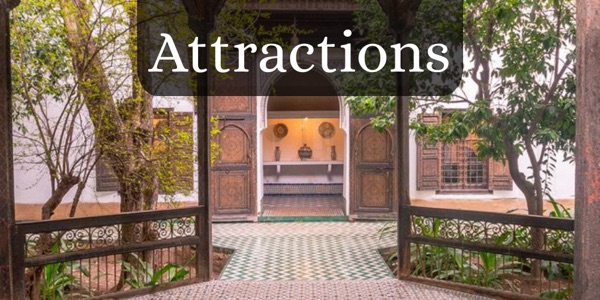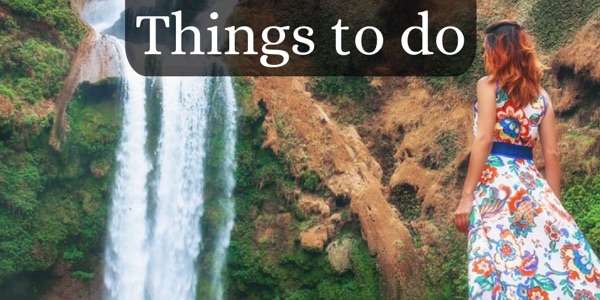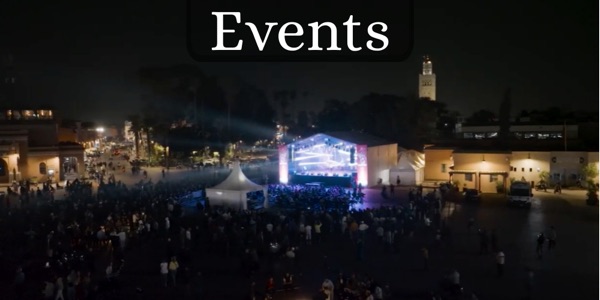Marrakesh’s Open Living Theatre of Culture and Tradition
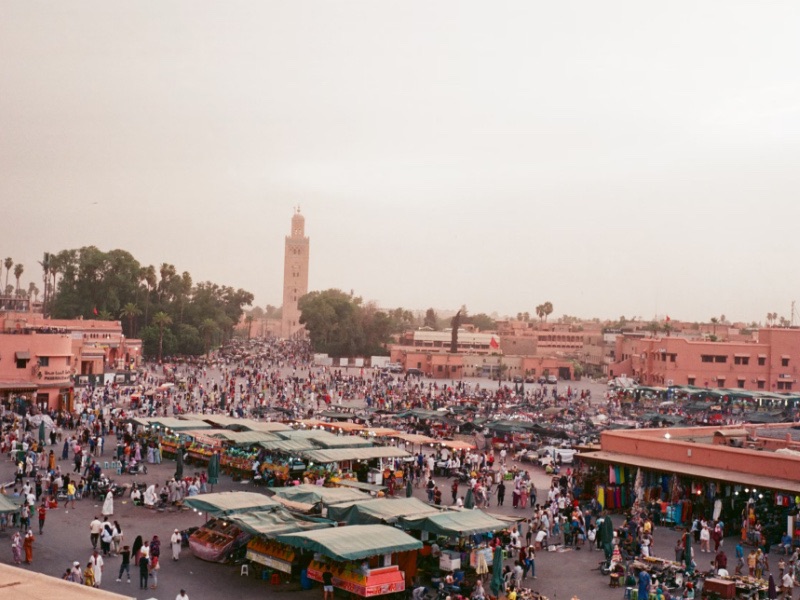
Morocco,Marrakesh,Jemaa el-Fna Square
Jemaa el-Fnaa: A living open-air theatre where history and tradition come alive. For centuries, this vibrant square in Marrakech has been a stage for storytellers, musicians, and performers, captivating audiences under the open sky.
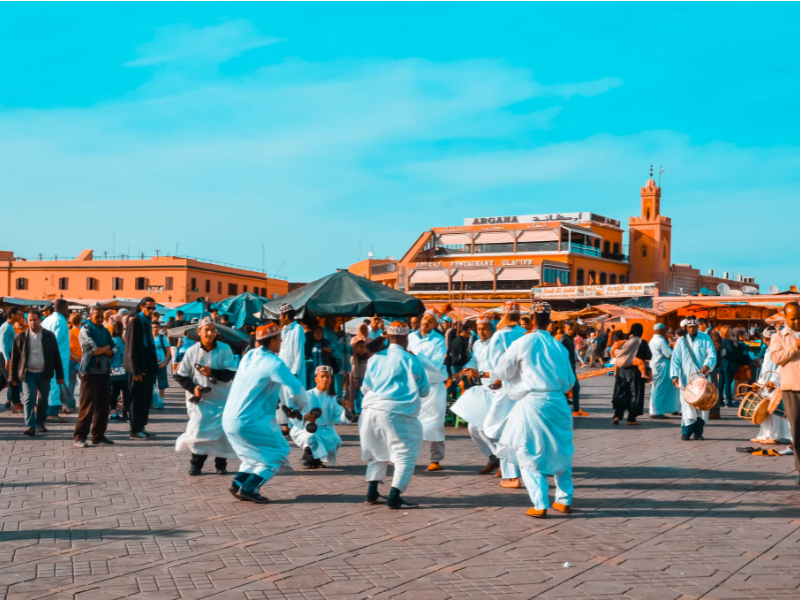
Morocco,Marrakesh,Jemaa el-Fna Square
Situated at the gateway to the Medina, this triangular square, encircled by restaurants, stalls, and public buildings, thrives with daily commerce and diverse entertainment. It serves as a gathering place for both locals and visitors, offering an array of services and experiences throughout the day and late into the night. From dental care, traditional healing, fortune-telling, and preaching to henna tattoos, water-carrying, and the sale of fruits and traditional delicacies, the square brims with life. Moreover, its open-air stage hosts captivating performances by storytellers, poets, snake charmers, Berber musicians (mazighen), Gnaoua dancers, and senthir (hajouj) players. Oral traditions are kept alive by bards (imayazen), who historically traversed Amazigh lands, blending speech and gestures to teach, entertain, and enchant their audienc
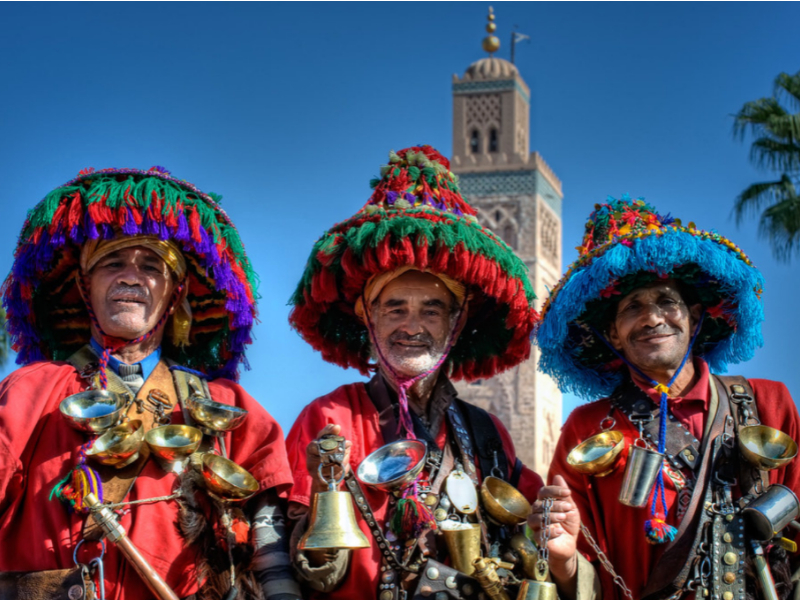
Waterman,Jemaa el-Fna Square,Marrakech.
Today, these performers adapt ancient texts to modern contexts, making their art more accessible to diverse spectators.
A celebrated venue for cultural exchange, Jemaa el-Fna Square has been safeguarded as part of Morocco’s artistic heritage since 1922. However, its future faces challenges from urbanisation, real estate speculation, and infrastructure development. While the square’s popularity endures, the cultural practices it fosters risk dilution, particularly due to the influence of widespread tourism.
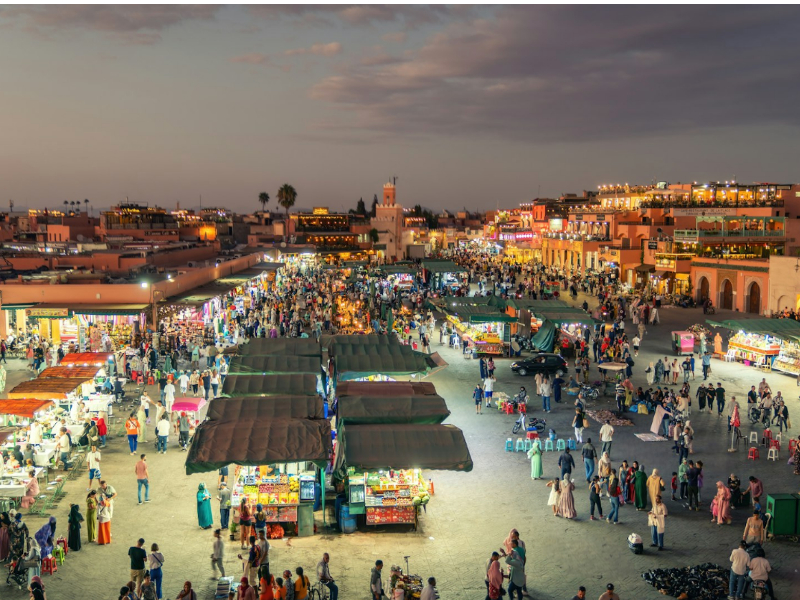
Morocco,Marrakesh,Jemaa el-Fna Square
